Work on beginning 1s and 10s with these place value concept activities for kindergarten, first grade and second grade.
These beginning 1s and 10s activities have been created to help your students develop place value concepts.
This is another free resource for teachers and homeschool families from The Curriculum Corner.
These might fit into your kindergarten, first grade or second grade classroom. As always, review the ideas and then decide if they will be a good fit for your group of students.
Working on Beginning 1s and 10s
Before students begin adding and subtracting larger numbers, they need to understand the meaning behind 1s and 10s.
These beginning activities will help to build an understanding of base ten in younger students.
Counting in Groups
Find collections of items in the room, such as a cup of buttons or a jar of shells (you should have between 25 and 100 items in each collection.) I used puzzle pieces in my example.
Put students in small groups and give each student a collection.
Ask each group to determine how many are in their collection.
Some students may begin by counting each item while students who have a more developed number sense might begin by grouping into tens. As students complete the task, ask groups who counted one by one to think about ways they could group their items to make the counting easier.
For groups who do not think of counting by 10s, help them see that grouping the items will make the counting easier.
(As you can see, the kids began by counting one by one. After some hints from the teacher, students began grouping in 2s, 5s and 10s. )
Groupings of 10
Create bags of counters. You might use beans, bingo chips, buttons, cubes or other small items.
There should be between 1 and 99 items in each bag.
Put a bag of counters and a stack of small cups at each station. The children will use the cups for sorting.
Print a copy of our Groupings of 10 page for each student.
Students will use a bag to complete each row on the paper.
They will fill in the name of the object they have, the number word, the number of tens and ones and then the number.
To add a problem solving component to this practice, use the Estimating Groups of 10 page.
This second page requires students to make an esimate of what they have before they begin counting.
Fill the 10 Frames
Fill the 10 Frames
Give each student a number between 11 and 60.
Students get that number of beans, small sticker or another item that will fit with the frames.
Provide students with Fill the 10 Frames page.
Students then fill the frames, beginning with the first box.
When they’re finished, they record the number of tens and extras they have.
Loop the Number
Provide students with a Loop the Number page.
Give each student a number between 11 and 81.
Students will then loop groups of 10 to create their number.
When they finish, they will record the number of tens and ones they have.
You can download our beginning ones and 10s printables to accompany the above activities here:
Looking for other free resources to help your students build number sense? Try these freebies we have created:
As with all of our resources, The Curriculum Corner creates these for free classroom use. Our products may not be sold. You may print and copy for your personal classroom use. These are also great for home school families!
You may not modify and resell in any form. Please let us know if you have any questions.

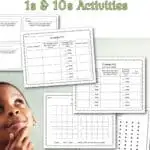
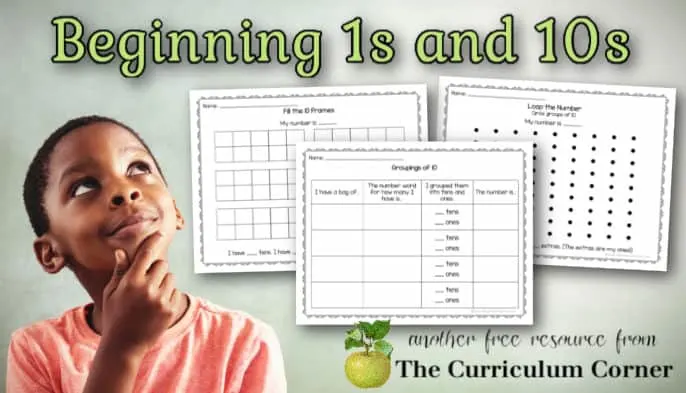
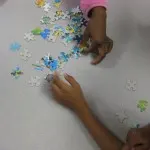
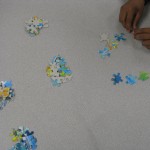
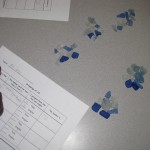
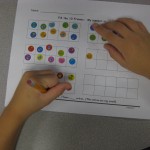
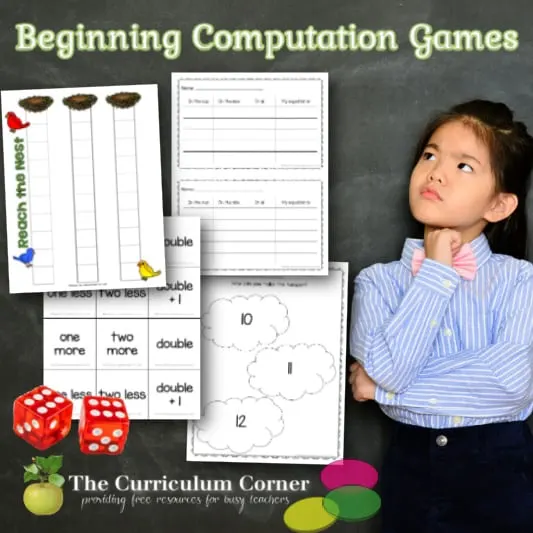
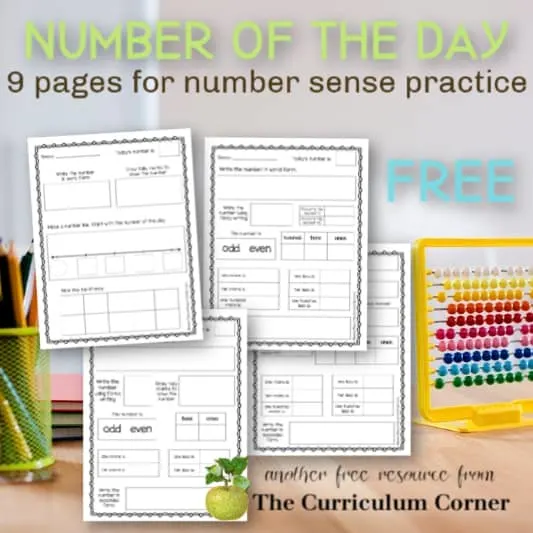
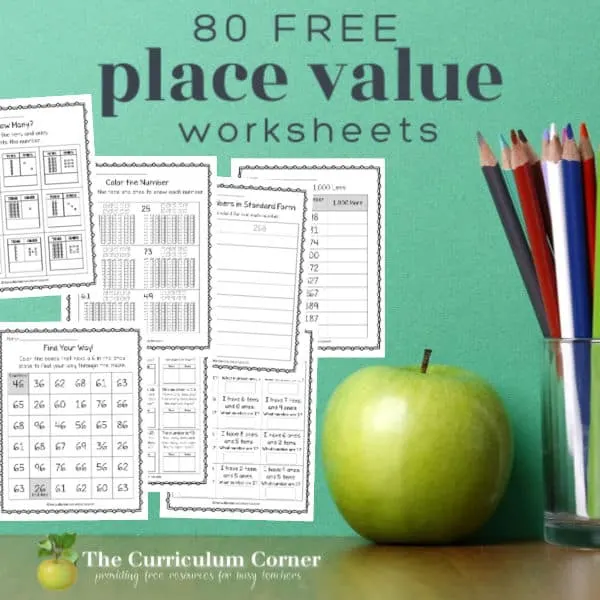
Showing Ways to Make a Number in Base Ten in the Math Classroom
Sunday 16th of September 2012
[...] Once students begin developing a concept of base ten, they are ready to find different ways to show a number. (Haven’t done this yet?..look here: http://www.thecurriculumcorner.com/2012/09/16/beginning-1s-and-10s/.) [...]